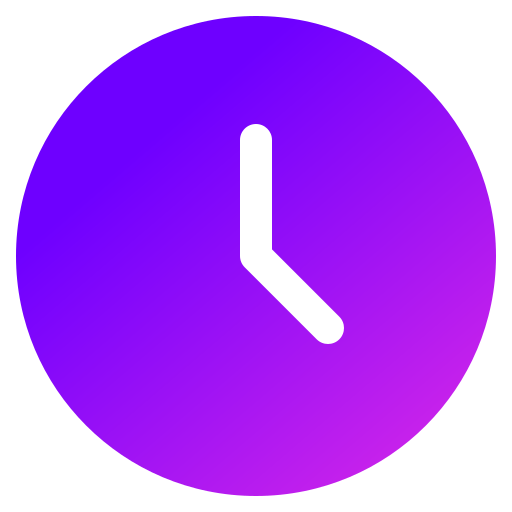Looking for partners for Python to Access Web Data course
Hello everyone My name is George from South Africa. I recently enrolled on Python For Everyone and I am now on Using Python to access the Web. It has been a very lonely journey to thus far as i have been studying solo. I am looking for a mentor or study partners that we can assist each other in this journey. I am will to go backwards to the start if that's where you're at. Thanks guys and Goodluck
 UTC+02.00
UTC+02.00
 Novice
Novice
 English
English
Description
This course will show how one can treat the Internet as a source of data. We will scrape, parse, and read web data as well as access data using web APIs. We will work with HTML, XML, and JSON data formats in Python. This course will cover Chapters 11-13 of the textbook “Python for Everybody”. To succeed in this course, you should be familiar with the material covered in Chapters 1-10 of the textbook and the first two courses in this specialization. These topics include variables and expressions, conditional execution (loops, branching, and try/except), functions, Python data structures (strings, lists, dictionaries, and tuples), and manipulating files. This course covers Python 3.
Syllabus
- Getting Started
- In this section you will install Python and a text editor. In previous classes in the specialization this was an optional assignment, but in this class it is the first requirement to get started. From this point forward we will stop using the browser-based Python grading environment because the browser-based Python environment (Skulpt) is not capable of running the more complex programs we will be developing in this class.
- Regular Expressions (Chapter 11)
- Regular expressions are a very specialized language that allow us to succinctly search strings and extract data from strings. Regular expressions are a language unto themselves. It is not essential to know how to use regular expressions, but they can be quite useful and powerful.
- Networks and Sockets (Chapter 12)
- In this section we learn about the protocols that web browsers use to retrieve documents and web applications use to interact with Application Program Interfaces (APIs).
- Programs that Surf the Web (Chapter 12)
- In this section we learn to use Python to retrieve data from web sites and APIs over the Internet.
- Web Services and XML (Chapter 13)
- In this section, we learn how to retrieve and parse XML (eXtensible Markup Language) data.
- JSON and the REST Architecture (Chapter 13)
- In this module, we work with Application Program Interfaces / Web Services using the JavaScript Object Notation (JSON) data format.

Using Python to Access Web Data
 Online Courses
Online Courses  Coursera
Coursera
 Free to Audit
Free to Audit  18 hours 45 minutes
18 hours 45 minutes  Beginner
Beginner  Paid Certificate
Paid Certificate Get notified about new study groups every week!

Looking for partners for Python to Access Web Data course
Hello everyone My name is George from South Africa. I recently enrolled on Python For Everyone and I am now on Using Python to access the Web. It has been a very lonely journey to thus far as i have been studying solo. I am looking for a mentor or study partners that we can assist each other in this journey. I am will to go backwards to the start if that's where you're at. Thanks guys and Goodluck
 UTC+02.00
UTC+02.00
 Novice
Novice
 English
English
-
TypeOnline Courses
-
ProviderCoursera
-
PricingFree to Audit
-
Duration18 hours 45 minutes
-
DifficultyBeginner
-
CertificatePaid Certificate
- Getting Started
- In this section you will install Python and a text editor. In previous classes in the specialization this was an optional assignment, but in this class it is the first requirement to get started. From this point forward we will stop using the browser-based Python grading environment because the browser-based Python environment (Skulpt) is not capable of running the more complex programs we will be developing in this class.
- Regular Expressions (Chapter 11)
- Regular expressions are a very specialized language that allow us to succinctly search strings and extract data from strings. Regular expressions are a language unto themselves. It is not essential to know how to use regular expressions, but they can be quite useful and powerful.
- Networks and Sockets (Chapter 12)
- In this section we learn about the protocols that web browsers use to retrieve documents and web applications use to interact with Application Program Interfaces (APIs).
- Programs that Surf the Web (Chapter 12)
- In this section we learn to use Python to retrieve data from web sites and APIs over the Internet.
- Web Services and XML (Chapter 13)
- In this section, we learn how to retrieve and parse XML (eXtensible Markup Language) data.
- JSON and the REST Architecture (Chapter 13)
- In this module, we work with Application Program Interfaces / Web Services using the JavaScript Object Notation (JSON) data format.
Learning is better with Cohorts

Frequently asked questions
Get notified about new study groups every week!

 PRINT
PRINT
 PDF
PDF
 WORD
WORD
 CSV
CSV
 EXCEL
EXCEL
